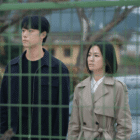The airwaves are buzzing with anticipation for the upcoming drama The Remarried Empress, which features a star-studded cast including Shin Min-a, Lee Jong-suk, Ju Ji-hoon, and Lee Se-young. Fans are already speculating about the cost of assembling such top-tier talent. Beyond the star-studded lineup, the series is expected to have a significant production budget, fueled by its historical and fantasy elements, elaborate set designs, and high-quality visual effects.
As we eagerly await this potentially high-budget production, it’s worth reflecting on Korean dramas that have already made waves with their massive financial investments. From sprawling historical epics to visually stunning fantasy series, these productions demonstrate the scale and ambition achievable in the K-drama world. Let’s explore the ten most expensive Korean dramas ever produced and uncover what drove their budgets to sky-high numbers.
1. Squid Game
Season 2: ₩120 billion/$90.2 million USD
Season 3: estimated ₩100 billion/$75.2 million USD
Produced by Netflix. The first season reportedly cost Netflix ₩24 billion, which was already a substantial amount, but the second and third seasons elevated the series to the top. The immense budgets for Seasons 2 and 3 are driven by the global phenomenon status achieved by the first. A significant portion is allocated to star salaries, especially for returning and potentially new A-list actors. Substantial investments are also made in building larger and more intricate sets for the games and surrounding world. Given the first season’s highly praised visual impact, a considerable amount is dedicated to enhanced CGI and special effects for new challenges and scenarios. The international attention further demands higher production design and logistical costs, all meticulously overseen by the global streaming giant.
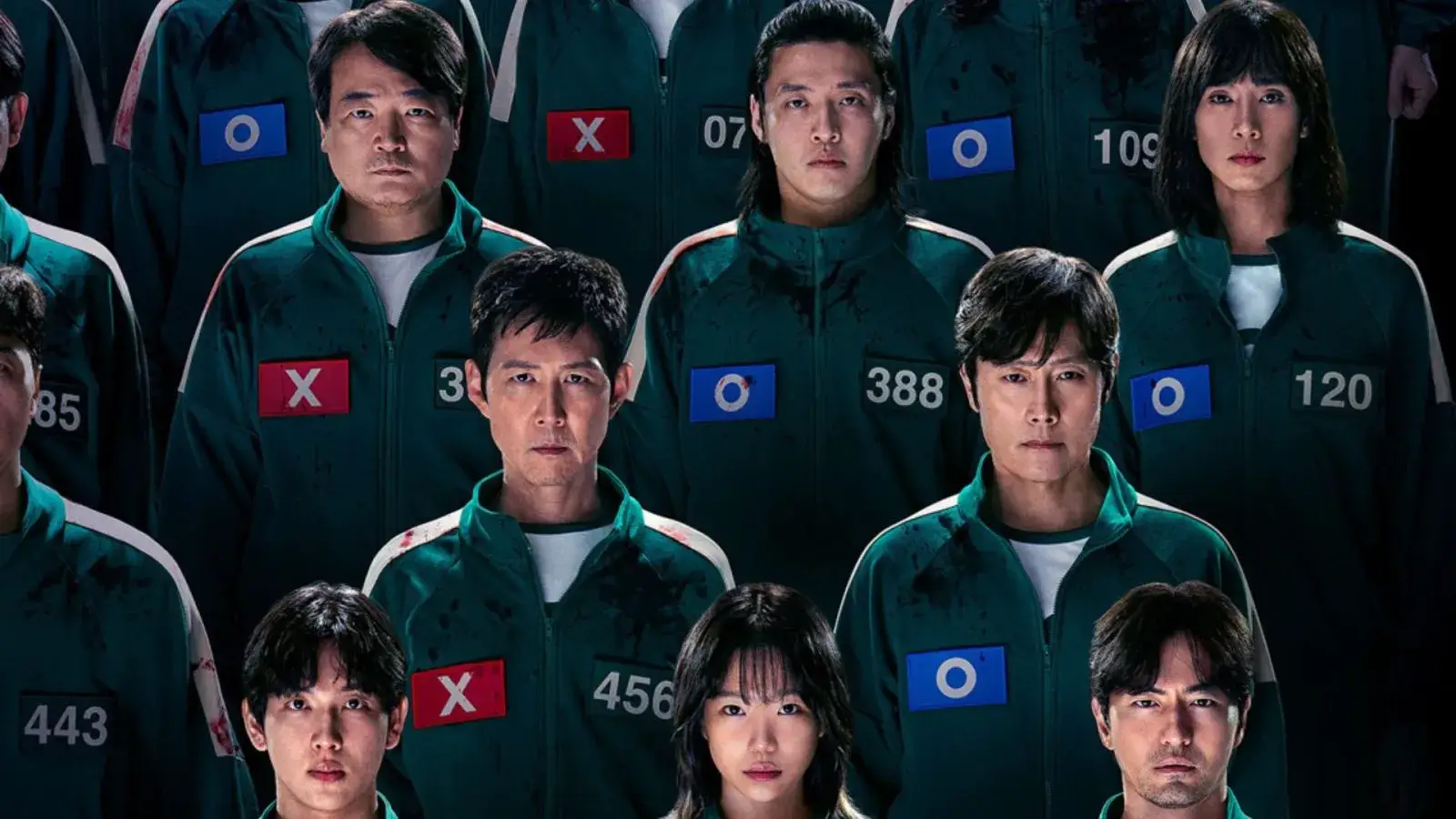
2. Gyeongseong Creature
Season 1: ₩70 billion/ $52.6 million USD
Produced by Netflix. The primary drivers for this budget were the period setting of 1945 Gyeongseong, requiring extensive and accurate set construction and elaborate period costumes. A significant portion was undoubtedly spent on the creature design and the visual effects needed to bring the terrifying creature(s) to life convincingly. Employing top-tier special effects teams and CGI artists would have been a major expense for the streaming platform. The casting of prominent actors like Park Seo-joon and Han So-hee would also have contributed significantly to the budget through their talent fees.

3. Moving
₩65 billion/ $48.9 million USD
Produced by Disney+. The core of this drama’s high cost lies in the extensive visual effects required to depict the diverse range of superhuman abilities. This would involve hiring skilled VFX studios and artists for complex simulations and animations, a significant investment by the streaming service. While specific lead actor salaries for Ryu Seung-ryong, Han Hyo-joo, and Jo In-sung aren’t public, their star power would have commanded substantial fees. The production design to create the world where these abilities exist, along with potential action choreography and special effects for fight sequences, would have further inflated the budget for the platform.

4. Queen of Tears
₩56 billion/ $42.1 million USD
Produced by tvN and streamed on Netflix in some regions. The significant budget for this recent hit is largely attributed to its star-studded cast, featuring top-tier actors like Kim Soo-hyun and Kim Ji-won, who command some of the highest salaries in the industry, a cost borne by the network. Additionally, the drama’s portrayal of a wealthy and powerful family necessitates lavish set designs, high-end costumes, and luxurious locations, all contributing to the overall production cost for the network and its streaming partners.

5. Arthdal Chronicles
Season 1: ₩54 billion/ $40.6 million USD
Produced by tvN and streamed on Netflix internationally. Creating the entirely fictional ancient world of Arth demanded massive investment in elaborate set construction, including sprawling cities and tribal settlements, a significant undertaking by the network. The production also involved a large cast, intricate costume design for various tribes and factions, and significant CGI to bring the mythical creatures and fantastical elements to life. While specific lead actor salaries for Song Joong-ki, Kim Ji-won, and Jang Dong-gun are not public, their status as top actors would have resulted in substantial fees from the network. The second season had a comparatively lower budget of ₩10 billion. This is attributed to the fact that much of the infrastructure (like sets, costumes, CGI assets) was already created, different casts, and Netflix’s decision to scale back on overly extravagant investments.
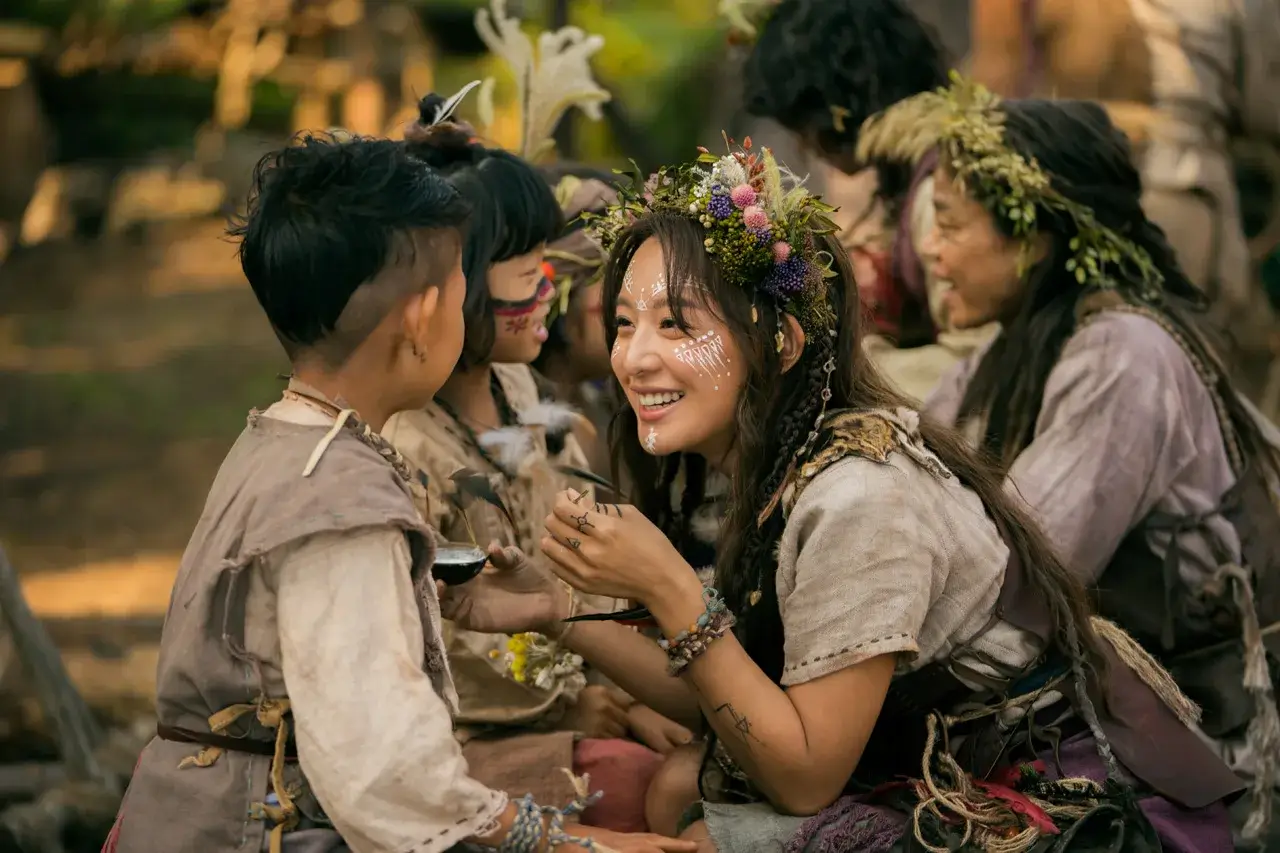
6. When the Stars Gossip
₩50 billion / $36.5 million USD
Produced by CJ ENM. When the Stars Gossip had a substantial budget due to its star-studded cast, including Lee Min-ho and Gong Hyo-jin, and its lavish production design that portrays the glamorous yet chaotic world of celebrity scandals. The budget was primarily allocated to high-end set designs and intricate costume work to capture the elite, high-society environments depicted in the series. A portion of the funds was also spent on visual effects to enhance scenes involving media manipulation and public image battles. The extensive use of makeup artists and stylists, as well as significant actor salaries, contributed to the high production costs. Despite its ambitious budget, the series faced challenges in maintaining strong viewership.
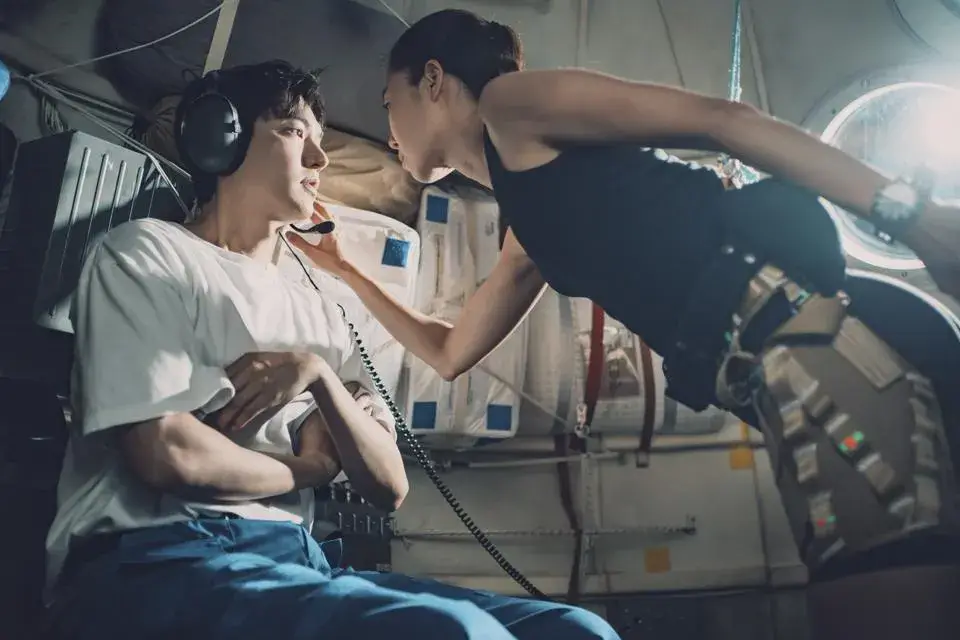
7. The Legend (Taewangsasingi)
₩43 billion/ $32.3 million USD
Produced by MBC. This older historical fantasy drama’s high budget for its time was due to its grand scale and ambition, a significant undertaking by the broadcasting station. Creating the ancient Goguryeo kingdom involved significant set construction, elaborate costumes and armor, and for its era, considerable CGI and special effects for the mythical elements and battle sequences. Securing a top star like Bae Yong-joon as the lead would have also commanded a significant salary, contributing to the overall production cost for the network.
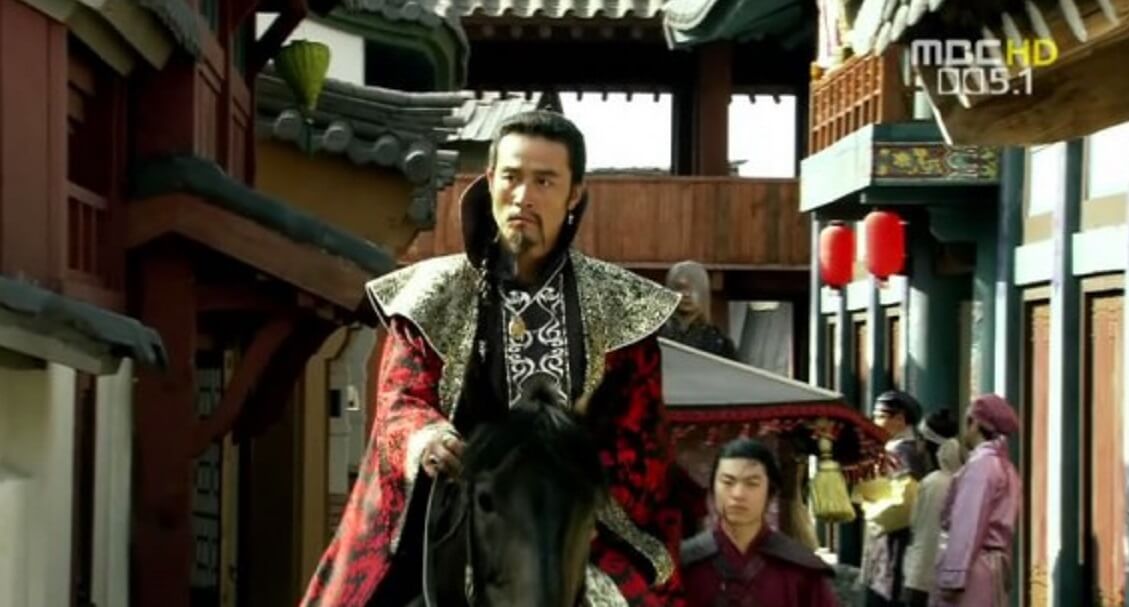
8. Mr. Sunshine
₩40 billion/ $30.1 million USD
Produced by tvN and streamed on Netflix internationally. Recreating the historical backdrop of late 19th and early 20th century Korea required meticulous attention to detail in set design and period-accurate costumes, a significant expense for the network. The drama also involved filming in various overseas locations, adding to the logistical and travel costs. Employing a star-studded cast, including Lee Byung-hun, Kim Tae-ri, and Yoo Yeon-seok, would have involved significant talent fees, reflecting their experience and popularity, covered by the network.

9. Money Heist: Korea - Joint Economic Area
₩40 billion/ $30.1 million USD
Produced by Netflix. As an adaptation of a popular international series, this production likely invested heavily in large-scale set pieces for the mint and other key locations, a major investment by the streaming service. The drama features a substantial ensemble cast, and securing well-known actors for these roles would have contributed to the budget through their salaries. The action sequences and any necessary special effects for heists and confrontations would have also added to the overall cost for the platform.
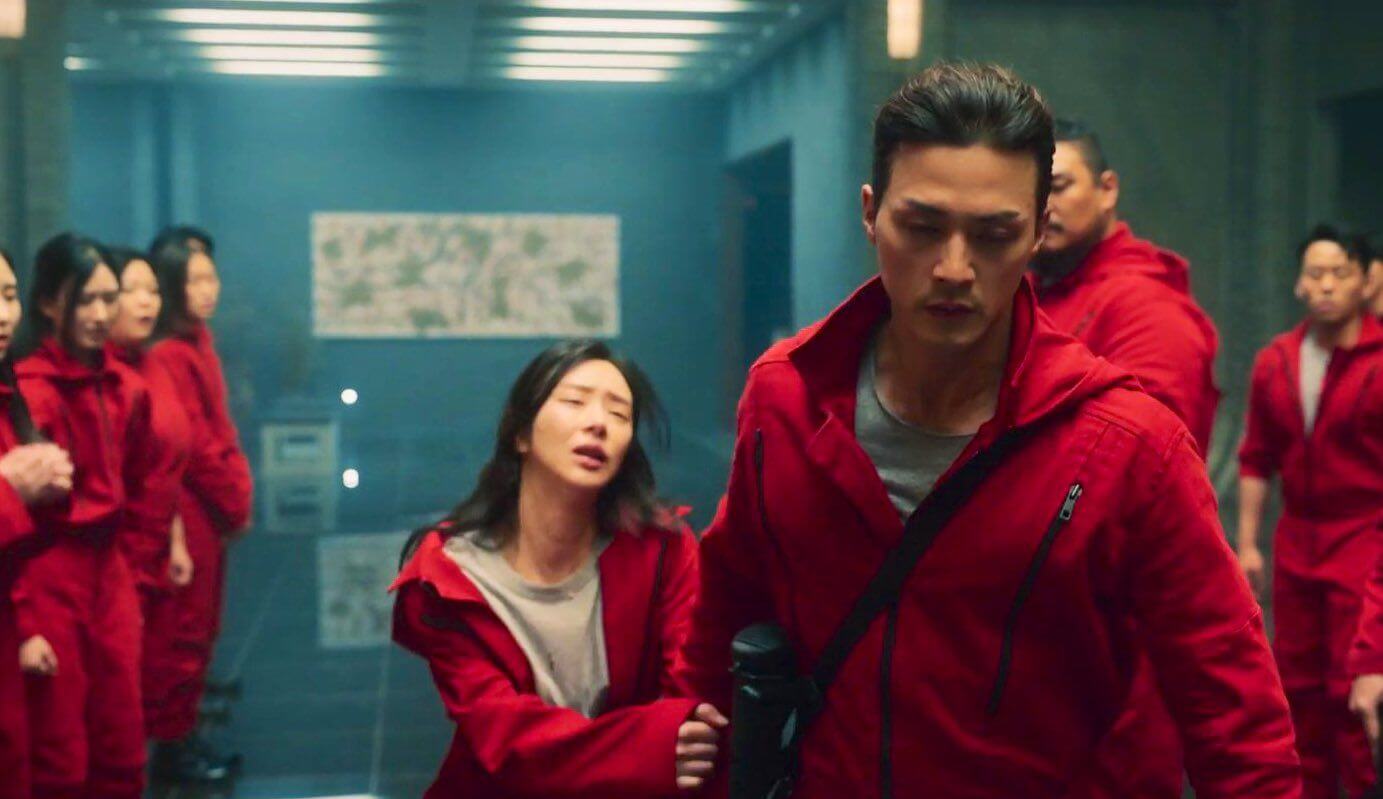
10. Kingdom (2019–2020)
₩35 billion / $25.5 million USD
Produced by Netflix and AStory. Kingdom had a massive budget, mainly because of its unique historical zombie thriller premise, which required high-quality period sets, costumes, and extensive visual effects to bring the undead to life. The production spent heavily on elaborate set designs that recreated the Joseon Dynasty period and sophisticated makeup and prosthetics for the zombies. Filming was also done in diverse locations, including Korea and Morocco, to create an immersive historical atmosphere. The intense action sequences and high-end CGI to depict the zombie outbreaks also contributed to the cost. Additionally, the star power of Ju Ji-hoon and Bae Doo-na added to the budget’s total.
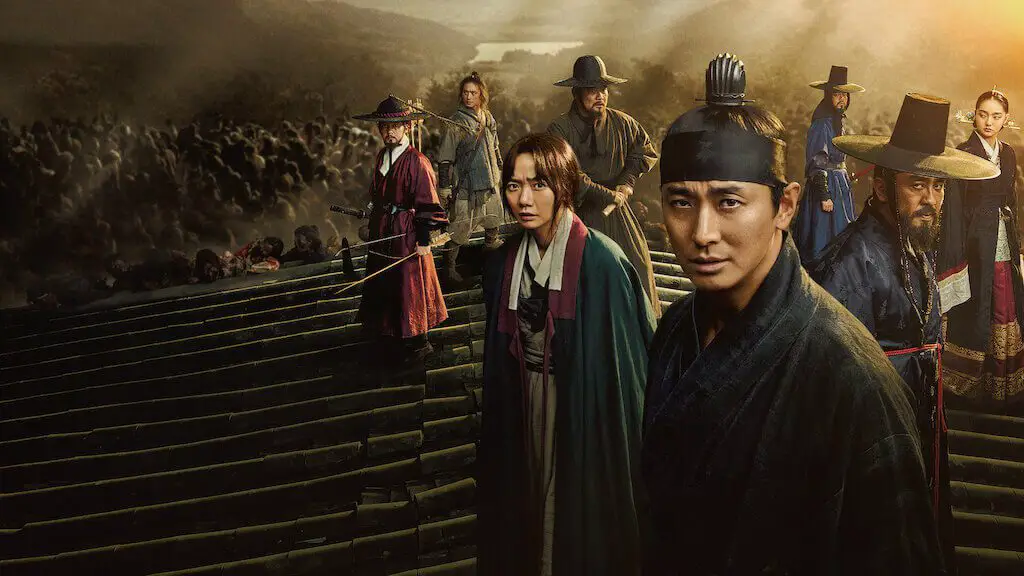
From the intricate visual effects of fantasy worlds to the grand scale of historical recreations and the hefty price tags of A-list ensembles, these high-budget K-dramas demonstrate the industry’s commitment to delivering top-tier entertainment. As we anticipate the visual and narrative grandeur that The Remarried Empress might bring, understanding the financial landscape of past mega-productions provides a fascinating glimpse into the evolving world of Korean drama and its global appeal. The investment clearly pays off, captivating audiences worldwide with their compelling stories and impressive production values.



















